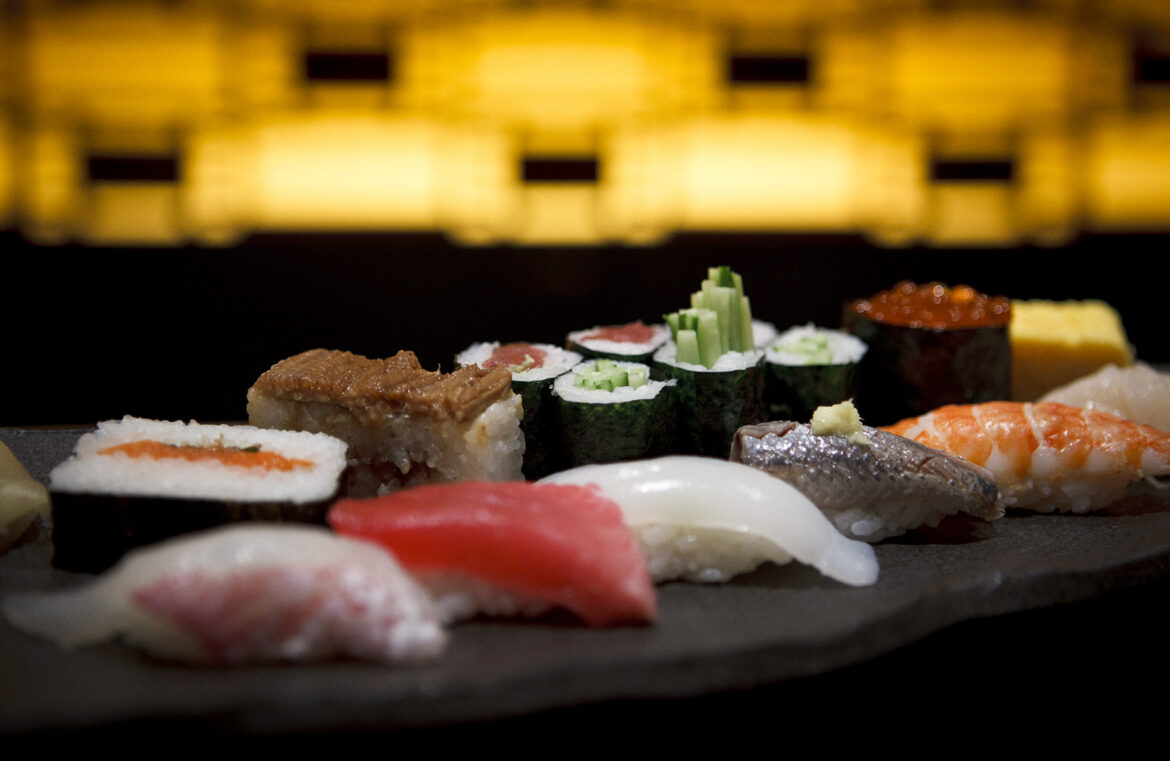When it comes to culinary excellence, Japanese cuisine stands out for its unique flavors, meticulous preparation methods, and emphasis on freshness. From sushi to ramen, Japanese dishes offer a delightful journey for your taste buds. Let’s delve into the distinct characteristics and h3 flavors that make Japanese cuisine so special.
1. Umami: The Fifth Taste Sensation
Umami, often referred to as the fifth taste after sweet, sour, bitter, and salty, is a key element in Japanese cuisine. This savory flavor is derived from glutamate, which is found in various ingredients such as dashi (stock), soy sauce, and miso. Umami adds depth and richness to dishes, elevating their overall taste.
2. Sushi: A Symphony of Flavors
Sushi is undoubtedly one of Japan’s most iconic dishes, celebrated worldwide for its delicate and harmonious flavors. The combination of vinegared rice, fresh fish or seafood, and a soy-based dipping sauce creates a perfect balance of textures and flavors. From traditional nigiri sushi to the more elaborate rolls, this culinary masterpiece leaves a lasting impression.
3. Tempura: Crispy and Light
Tempura, a deep-fried dish introduced to Japan by Portuguese traders in the 16th century, showcases the culinary finesse of the Japanese. Light, crispy batter coats a variety of ingredients such as shrimp, vegetables, and seafood, creating a delectable contrast between the crunchy exterior and tender interior. Served with a dipping sauce called tentsuyu, tempura is a popular choice for both casual and formal dining.
4. Ramen: Noodles that Warm the Soul
Ramen, originally from China, has evolved into a beloved Japanese comfort food. With a wide range of regional variations, this hearty soup contains wheat noodles served in a flavorful broth. The toppings can vary, but commonly include tender slices of pork, green onions, seaweed, and soft-boiled eggs. Each bowl of ramen offers an explosion of umami, creating a deeply satisfying and comforting experience.
5. Matcha: Beyond a Simple Beverage
Matcha, a finely ground powdered green tea, is not just a beverage in Japan but a cultural icon. Known for its vibrant green color and bitter-sweet taste, matcha is used in a variety of culinary creations. From traditional tea ceremonies to decadent matcha-flavored desserts like matcha ice cream and matcha-flavored pastries, this ingredient adds vibrancy and uniqueness to Japanese sweets.
6. Wagyu Beef: A Cut Above the Rest
Wagyu beef is renowned worldwide for its unparalleled tenderness and marbling. These cattle are raised with exceptional care, resulting in meat that melts in your mouth. Japanese Wagyu, such as Kobe beef, is particularly famous for its rich flavor and buttery texture. Whether enjoyed as a steak or in a traditional hotpot dish called sukiyaki, Wagyu beef offers a dining experience like no other.
In conclusion, Japanese cuisine captivates food enthusiasts with its unique flavors, attention to detail, and emphasis on fresh, high-quality ingredients. Exploring the world of Japanese culinary delights opens up a realm of h3savor experiences, from the delicate flavors of sushi to the indulgent richness of Wagyu beef. If you find yourself craving a gastronomic adventure, Japanese cuisine is undoubtedly a top choice.

